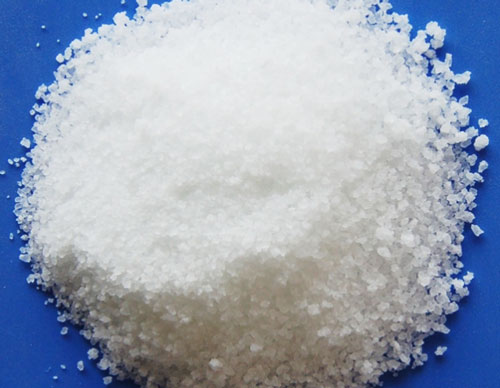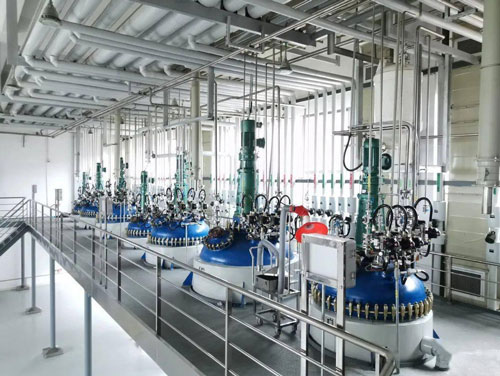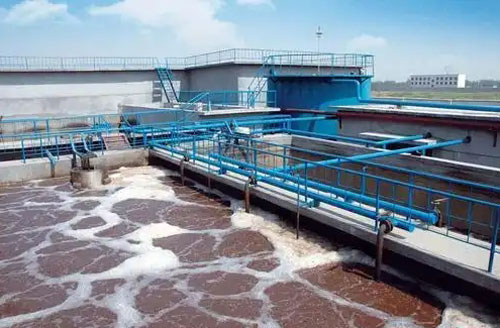I.Introduction to Trisodium Phosphate
Trisodium phosphate(TSP), with the chemical formula Na₃PO₄ or Na₃HPO₄·nH₂O, is an important inorganic compound that finds extensive applications in multiple fields.
Its CAS No. is 7601-54-9.

The dosage and formulations vary depending on the specific application. Trisodium phosphate truly plays a significant role in different industries due to its unique properties and versatile applications.
II.Physical and Chemical Properties
A.Appearance and Solubility
Trisodium phosphate is often described as a colorless to white crystalline or crystalline powder. It has a distinct appearance that makes it easily recognizable in various industrial settings. In terms of solubility, it is highly soluble in water.
The solubility of trisodium phosphate (Na₃PO₄) is 12.1 g/100 g of water at 20°C, which means that 12.1 g of trisodium phosphate can be dissolved in 100 g of water at 20°C.12 Furthermore, the solubility of trisodium phosphate in water increases with increasing water temperature, e.g., the solubility at 25°C is 10.8 g/100 ml of water. The solubility of trisodium phosphate is strongly affected by temperature. At high temperatures, its solubility increases, but at very high temperatures (e.g. above 2000°C), the solubility decreases significantly. This may lead to problems in practical applications, for example, in boilers, when localized overheating occurs in a certain area of the tube wall, trisodium phosphate may boil and precipitate out by evaporation, causing the phenomenon of temporary disappearance.
When dissolved, it forms a strong alkaline aqueous solution. According to the search results, this solubility property makes it useful in many applications where it needs to interact with water-based systems. For example, in the preparation of detergents and as a softening agent in water treatment processes.

B.Reactions and Transformations
Trisodium phosphate undergoes several chemical reactions with other substances. It can react with acids to form salts and water. For instance, when it reacts with hydrochloric acid, it forms sodium chloride and phosphoric acid. In terms of transformations, under different conditions, it can change its physical state or chemical composition. For example, when heated to a certain temperature, it may decompose into different compounds. Additionally, it can react with metal ions to form insoluble phosphates, which is useful in applications such as water softening and metal cleaning. According to the search results, trisodium phosphate can react with calcium and magnesium ions in hard water to form insoluble calcium and magnesium phosphates, thereby softening the water. It can also react with oils and greases to form emulsions, making it an effective detergent and degreaser.
III.Preparation Methods
Trisodium phosphate can be prepared through several methods.
One common method is the reaction of phosphoric acid and sodium carbonate, then neutralized with sodium hydroxide solution to form trisodium phosphate.

Na2CO3+H3PO4→Na2HPO4+H2O+CO2↑
Na2HPO4+NaOH→Na3PO4+H2O
Another method is using neutralization reaction between hot phosphoric acid and caustic soda, the neutralized liquid is cooled and crystallized, centrifuged and dried to obtain the product.
H3PO4+3NaOH→Na3PO4+3H2O
These preparation methods ensure a reliable supply of trisodium phosphate for various industrial and commercial applications. The choice of preparation method often depends on factors such as cost, availability of raw materials, and the specific requirements of the end product.
IV.Applications in Different Fields
In the industrial sector, it serves as a softening agent and detergent, as well as a boiler scale inhibitor, dye fixation agent in printing and dyeing, sizing agent for fabrics, metal corrosion inhibitor or rust preventive, and flux and decolorizing agent in enamel industry.
In the food industry, trisodium phosphate acts as a quality improver, increasing the complex metal ions, adjusting the pH value, and enhancing the ionic strength, thereby improving the binding force and water holding capacity of food.

According to the search results, in China, it can be used in cheese with a maximum usage of 5g/kg; in Western-style ham, meat, fish, shrimp, and crab with a maximum usage of 3.0g/kg; and in canned food, juice, beverages, and dairy products with a maximum usage of 0.5g/kg.
In the medical field, it is used for indications such as polycythemia vera, essential thrombocythemia, chronic myeloid leukemia, chronic lymphocytic leukemia, etc., as well as for differentiating the nature of superficial masses.
Besides these applications, There are a lot of other trisodium phosphate uses too. With the continuous progress of science and technology and the development of society, the application prospect of trisodium phosphate will be more broad.
V.Safety Considerations
A.Toxicity and Hazards
Trisodium phosphate can pose certain risks. Ingestion of large amounts can cause gastrointestinal distress such as nausea, vomiting, and diarrhea. Prolonged or excessive exposure may also have adverse effects on the body. According to available research, it can cause irritation to the skin and eyes. Although it is widely used in various industries, proper handling and storage are essential to minimize potential hazards.
B.Emergency Measures
In case of skin contact, immediately remove contaminated clothing and rinse the affected area with plenty of water for at least 15 minutes. Seek medical attention if irritation persists. For eye contact, immediately flush the eyes with copious amounts of water for at least 15 minutes and seek medical help without delay. In case of inhalation, move the person to fresh air and seek medical attention if breathing difficulties occur. If ingested, do not induce vomiting unless directed by a medical professional. Call a poison control center or seek emergency medical care immediately.
C.Disposal Methods

Proper disposal of trisodium phosphate waste is crucial to prevent environmental contamination. Trisodium phosphate waste should not be disposed of in regular trash. It is recommended to follow local regulations and guidelines for hazardous waste disposal. In some cases, it may need to be treated before disposal to reduce its potential environmental impact. For example, it can be neutralized with an appropriate acid to reduce its alkalinity before disposal. Specialized waste disposal companies may also be engaged to handle and dispose of trisodium phosphate waste in an environmentally safe manner. There are so many methods of trisodium phosphate disposal, so we will discuss it separately.
VI.Conclusion
Trisodium phosphate is truly a remarkable compound with a wide range of applications in different fields. In the food industry, it helps improve the quality and stability of various products. In the industrial sector, it plays crucial roles as a softener, detergent, boiler scale inhibitor, and metal corrosion inhibitor. In the medical field, it is used for specific treatments.
However, it is essential to handle trisodium phosphate with care. Its potential toxicity and hazards require proper storage and usage to minimize risks to human health and the environment. Emergency measures should be known in case of accidental exposure. Additionally, proper disposal methods must be followed to prevent environmental contamination.
In conclusion, while trisodium phosphate offers many benefits, its importance is accompanied by the responsibility of proper handling and usage. As we continue to utilize this compound in various industries, we must remain vigilant in ensuring its safe and effective application for the benefit of all.

